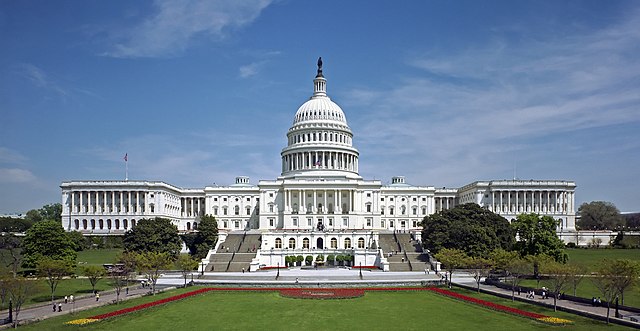Code of Federal Regulations
In the law of the United States, the Code of Federal Regulations (CFR) is the codification of the general and permanent regulations promulgated by the executive departments and agencies of the federal government of the United States. The CFR is divided into 50 titles that represent broad areas subject to federal regulation.
The Code of Federal Regulations
A few volumes of the CFR at a law library (titles 12–26)
Code of Federal Regulations, seen at the Mid-Manhattan Library. Editions of Title 3, on the President, are kept on archive. Notice that for the first year of each new presidency, the volume is thicker.
The law of the United States comprises many levels of codified and uncodified forms of law, of which the most important is the nation's Constitution, which prescribes the foundation of the federal government of the United States, as well as various civil liberties. The Constitution sets out the boundaries of federal law, which consists of Acts of Congress, treaties ratified by the Senate, regulations promulgated by the executive branch, and case law originating from the federal judiciary. The United States Code is the official compilation and codification of general and permanent federal statutory law.
Constitution of the United States
The United States Congress enacts federal statutes in accordance with the Constitution.
The Supreme Court of the United States is the highest authority in interpreting federal law, including the federal Constitution, federal statutes, and federal regulations.
Law affects every aspect of American life, including parking lots. Note the citations to statutes on the sign.







